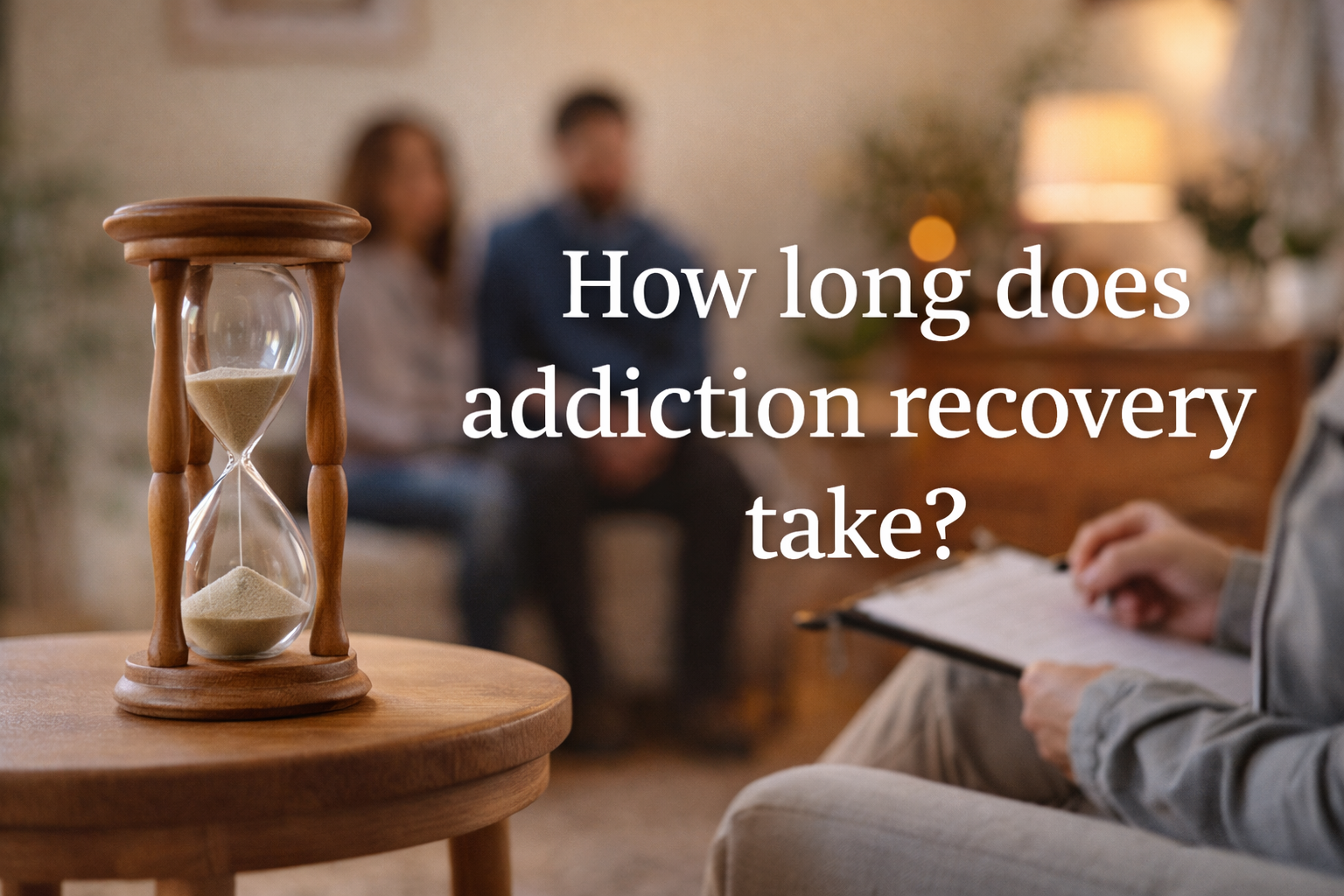The Maldives is made up of 1,190 coral islands grouped in 27 atolls in the Indian Ocean, covering roughly 35,000 square miles. With a population of over 520,000, the people of the Maldives islands are dispersed across the atolls, with about 200 inhabited islands. Its capital is Malé.
Drug Abuse in the Maldives: A Hidden Struggle
Beneath the turquoise waters and idyllic resorts of the Maldives lies a quiet crisis: substance abuse among young people. With limited rehab infrastructure and cultural stigma, this issue often remains hidden from view. But recent data show it’s more serious—and widespread—than many realize.
Why the Youth Are Most at Risk
Young Maldivians face several pressures that increase their vulnerability to substance use:
- Unemployment & Lack of Activities: With rising youth unemployment and few structured programs, many turn to drugs out of boredom or frustration.
- Isolation: Social media connectivity but real-life loneliness is common, especially in rural islands.
- Proximity to Supply: Many youth migrate to Malé for work or study, where access to drugs is higher
The Heroin and Cannabis Epidemic
Heroin and cannabis remain the most commonly abused substances:
- In Malé, heroin and cannabis dominate drug seizures — heroin for its potency and cannabis for its accessibility
- The national drug agency’s 2021 survey estimated over 7,000 active drug users in the Maldives — double the figure from 2016, with opioids showing the sharpest rise
- Wastewater analysis from 2020 shows heroin and methamphetamine usage, though still lower than some regional cities, is rising annually
Shocking Numbers: Latest Statistics
- A 2023 Maldives Bureau of Statistics report shows over 50,000 drug abuse arrests between 2016–2023—with a dramatic rise in opiate-positive tests .
- In a 2024 UNODC-backed youth survey, 35% of respondents identified illicit drugs as one of the top three issues facing the country
- Adolescents aged 16–24 accounted for roughly 35% of reported drug cases in 2018, confirming youth remain disproportionately affected
The Role of Stigma and Silence
Cultural taboos and legal fears keep many families silent:
- Seeking treatment risks public shame, family dishonor, or legal consequences—so many avoid it.
- The result? Isolation deepens addiction, creating barriers to early intervention and healing.
What Needs to Change
To address this crisis, several steps are needed:
- Expand prevention programs, especially school-based, focused on mental health and substance awareness.
- Decentralize treatment—Malé has a few centres, but remote islands need accessible care.
- Normalize addiction support—public health campaigns and community programs can reduce stigma.
- Professional outreach—connect people quietly and safely with trained counselors and rehab options.
A Way Forward — No One Has to Do It Alone
Addiction isn’t a moral flaw—it’s often a response to pain or overwhelm. Solace Asia has supported individuals across Southeast Asia, including Maldivians, with discreet, professional, and culturally sensitive care.
If you or someone you love is struggling, you’re not alone. We’re here to help—confidentially, compassionately, and with dignity. Schedule an appointment with us today.

.jpg)

.jpg)
.jpg)



